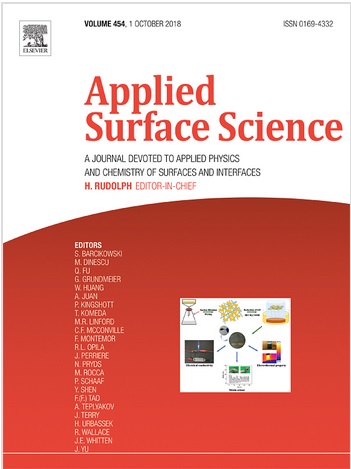Fundamental understanding of charge transfer reaction is essential for the surface and interface engineering of transition metal oxides. In this study the chemical reactivity towards oxygen and hydrogen (13 Pa) under applied thermal conditions (423 - 673 K), of two polymorphic forms of Fe2O3 nanoparticles (γ-Fe2O3 and α-Fe2O3) are investigated with the combination of in situ ambient pressure X-ray photoelectron spectroscopy (AP-XPS) and near edge X-ray absorption fine structure spectroscopy (AP-NEXAFS). Our data show that the reactivity of these two polymorphs has a similar character based on the contribution of oxygen vacancy defect states and related material non-stoichiometry. Their exposure to hydrogen at increased temperature results in both cases in the surface reduction. However, γ-Fe2O3 exhibits more covalent character and undergoes the reduction preferentially with a contribution of metallic Fe0 than Fe2+, in contrast to α-Fe2O3. Further, upon introduction of oxygen at low temperature of 423 K, rapid re-oxidation process takes place at the Fe2O3 nanoparticles surface. Prepared γ-Fe2O3 and α-Fe2O3 nanostructures exhibit in general high n-type and p-type sensor response towards hydrogen, respectively, in a wide concentrations range.

